Surfing Museum Lighthouse in Santa Cruz
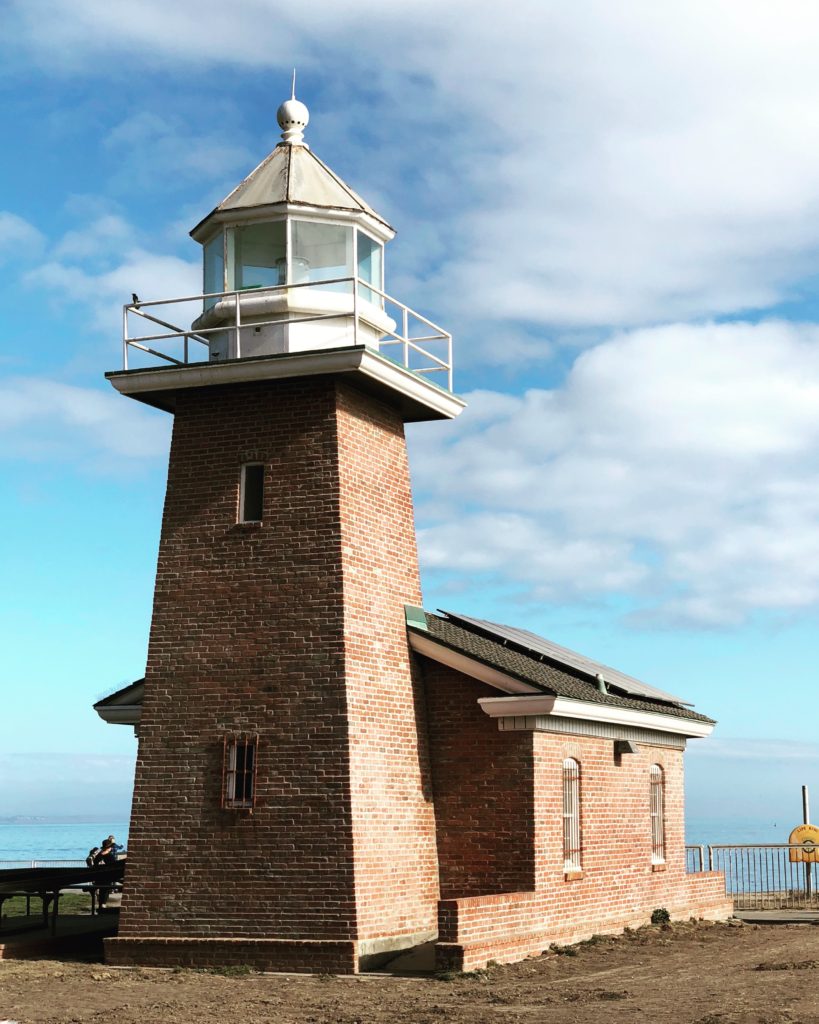 “Let’s go surfin’ now, everybody’s learning how, come on and safari with me” begins the popular Beach Boys song “Surfin’ Safari”. This could well be the theme song of the beautiful seaside city of Santa Cruz, California. Surfing is an obsession here. Legend has it that three Hawaiian princes first brought surfing to America while visiting Santa Cruz in the 1800s. This is the story of how a lighthouse built shortly after the civil war transformed into a shrine to surfing culture.
“Let’s go surfin’ now, everybody’s learning how, come on and safari with me” begins the popular Beach Boys song “Surfin’ Safari”. This could well be the theme song of the beautiful seaside city of Santa Cruz, California. Surfing is an obsession here. Legend has it that three Hawaiian princes first brought surfing to America while visiting Santa Cruz in the 1800s. This is the story of how a lighthouse built shortly after the civil war transformed into a shrine to surfing culture.
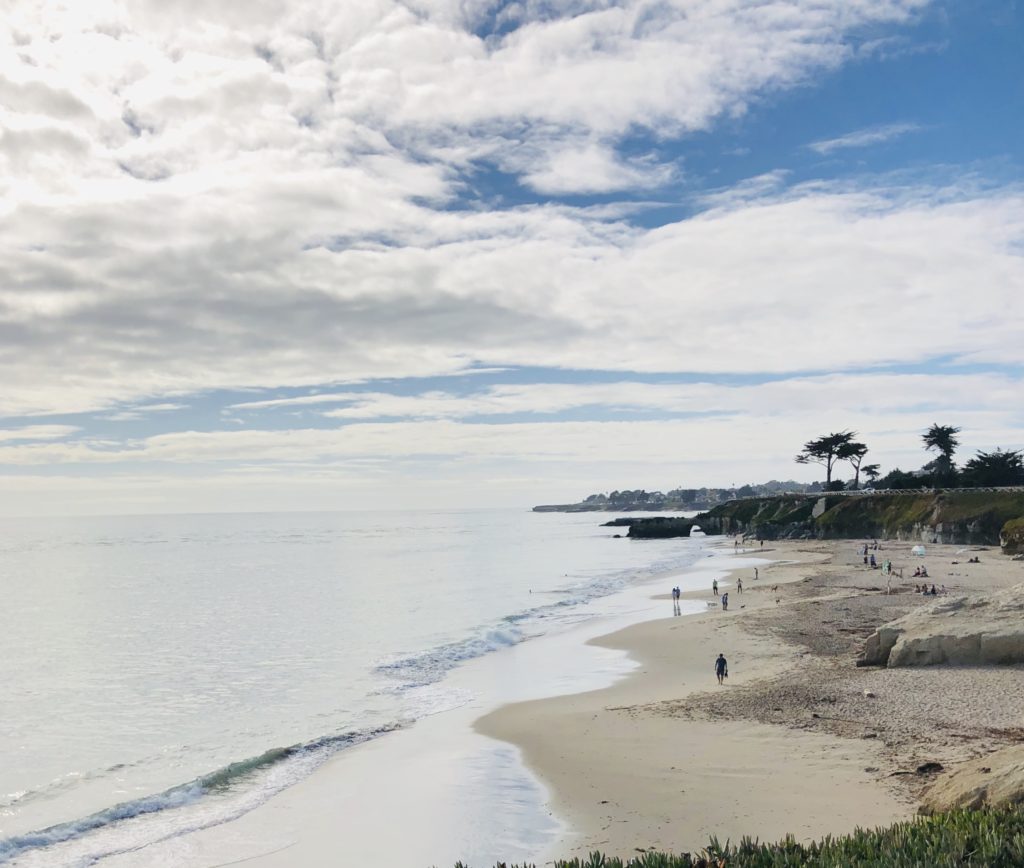
Santa Cruz’s original lighthouse was completed in 1870, constructed at Point Santa Cruz and modeled after the Ediz Hook Lighthouse in Washington Territory. By 1878, the prolific formation of new sea caves along the cliffs at Point Santa Cruz began to jeopardize the lighthouse’s structural integrity, with the potential for collapse. It was removed from its foundation and moved on wooden rollers three hundred feet further inland, using a team of horses.
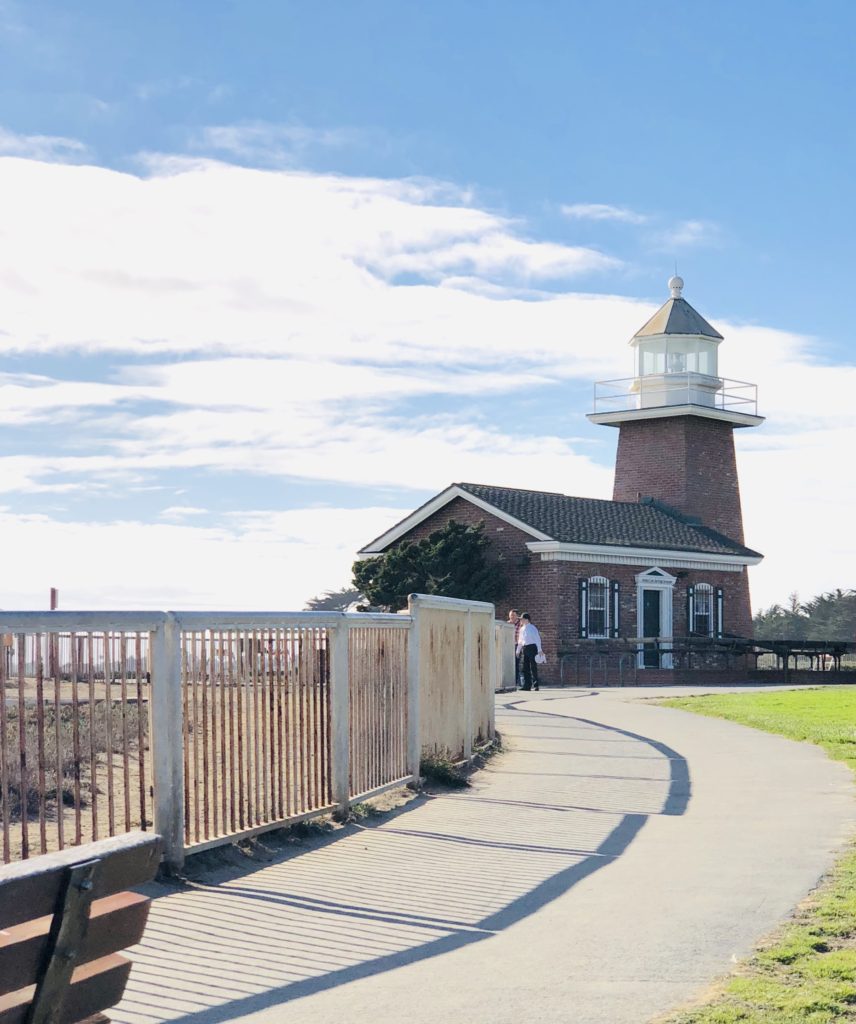
A handful of lighthouse keepers and their families lived at Point Santa Cruz. The most notable was Laura Hecox, the daughter of the first lighthouse keeper, Adna Hecox. When her father passed away, she became the official keeper, a job she held until her resignation in 1916. Laura began the study of shells and amassed an expansive and well-renowned collection of artifacts, some of which can be viewed today at the Santa Cruz Museum of Natural History.
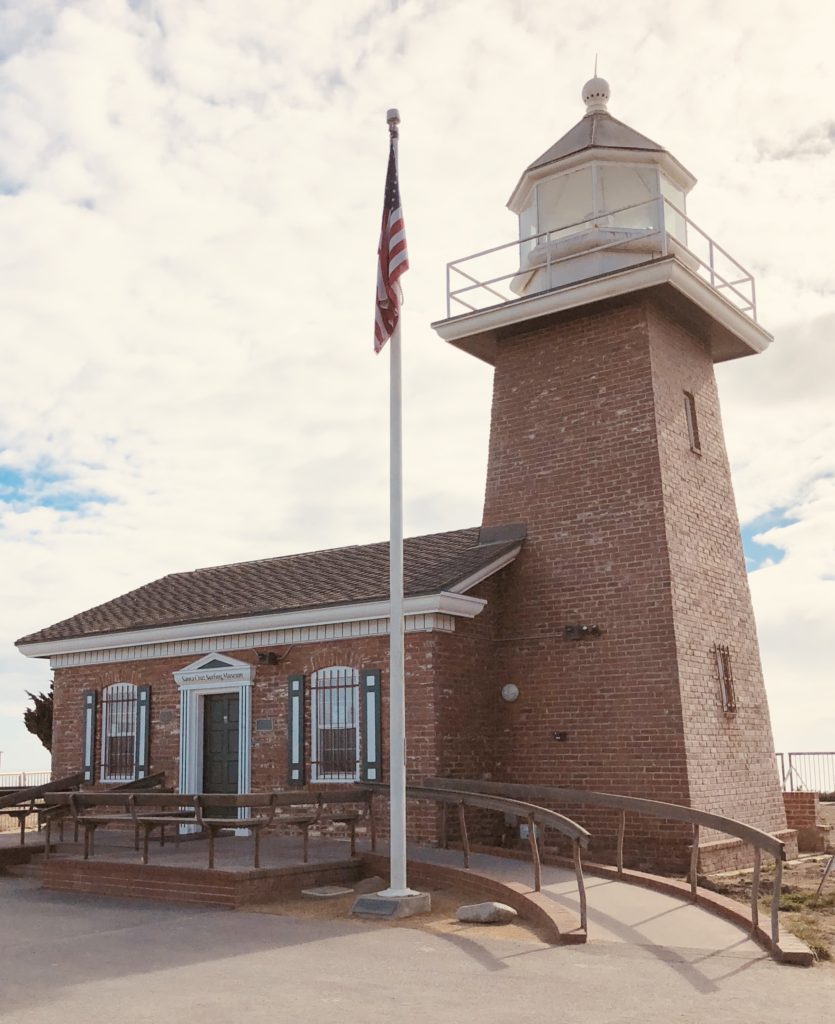
In 1941, the Coast Guard built a twenty-six-foot high tower 200 feet seaward of the lighthouse which became the station’s official beacon, and the original lighthouse and grounds were leased to the city of Santa Cruz for a park. In 1948, the Coast Guard sold the aging lighthouse with the stipulation that it be entirely removed from the property. A local carpenter purchased it and completely dismantled it for the lumber. The city of Santa Cruz later purchased the property at the site of the original lighthouse. The lighthouse that had stood here for over seventy years was gone forever. This could have been the end of the story, but a tragic accident brought about a very beneficial reinvention.
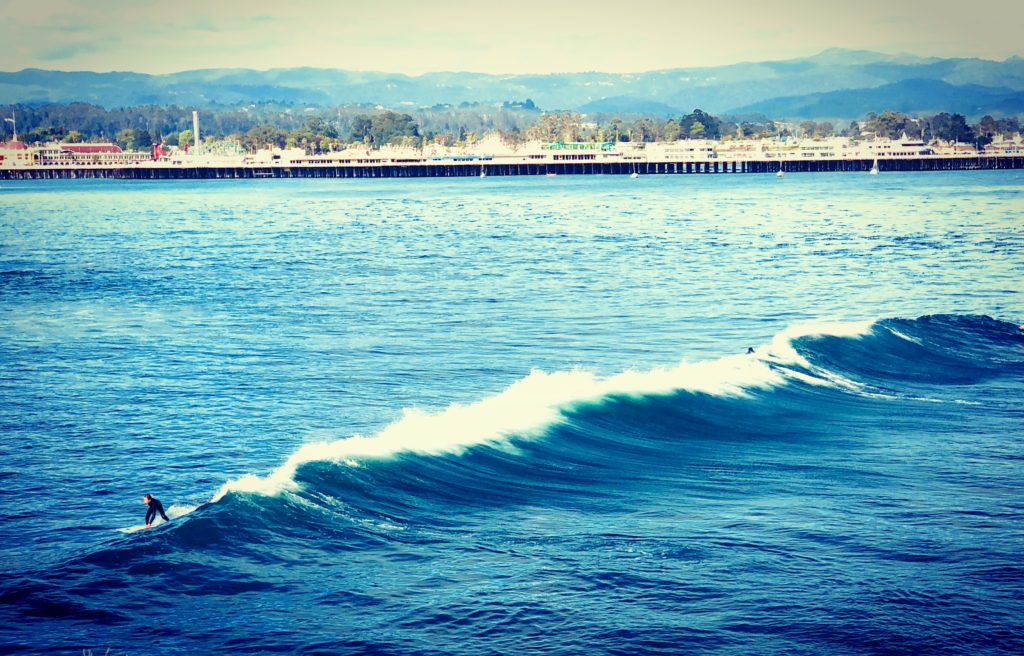
Surfing can be a perilous sport, and in 1965, a promising young 18-year-old surfer named Mark Abbott lost his life at nearby Pleasure Point surf break. In 1967, Mark’s grieving parents wanted to do something positive to commemorate their son. They donated life insurance money for the completion of a new 550 square foot new lighthouse in honor of their son. The Abbott Memorial Lighthouse was built of red brick and featured a lantern from the defunct Oakland Harbor Lighthouse. A beautiful plaque inside the lighthouse reads “This lighthouse is further dedicated to all our youth whose lives, through fate or misadventure, are terminated before realizing their true potential. May their spirits find new dimension in the unknown horizons that await us all.”
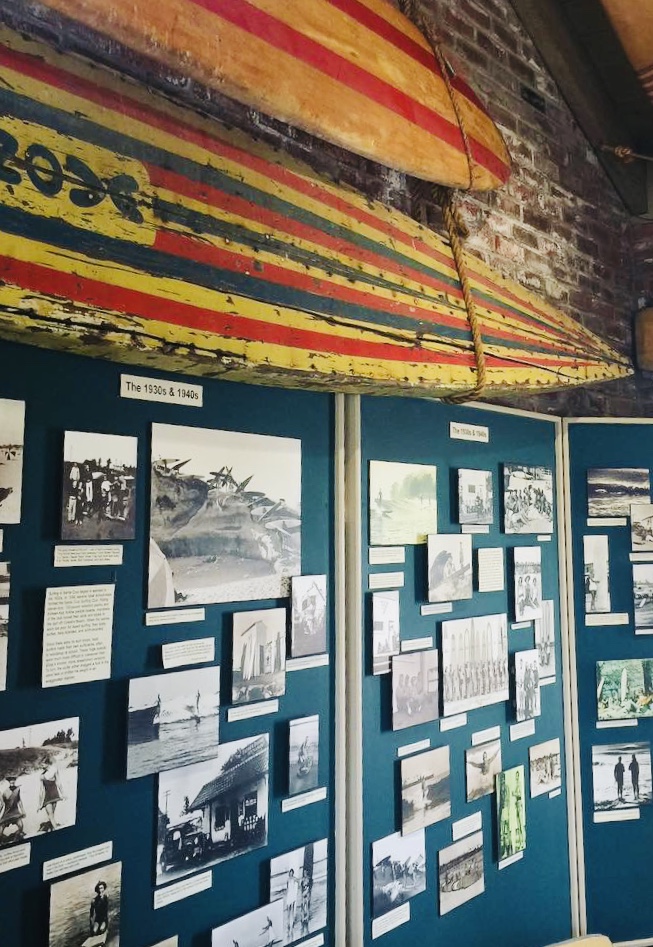
In 1986, the lighthouse became home to the Santa Cruz Surfing Museum, the first surfing museum in the world. In 2008, it was nearly closed due to city budget difficulties. The Santa Cruz Surfing Club Preservation Society raised enough money to keep the lighthouse open temporarily, and other donors soon came forward to rescue the museum.
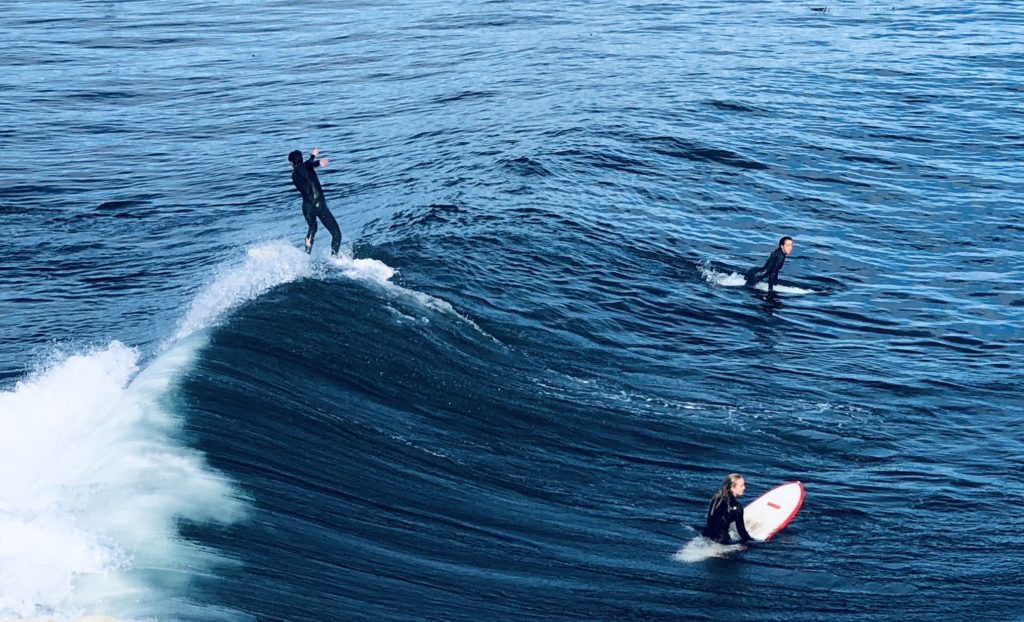
While I am not a surfer, I was truly impressed by the extensive collection of photographs, videos, surfboards, and other surfing memorabilia in the museum. Notable features include locally crafted redwood surfboards from the 1930s and the very first wetsuit invented by Santa Cruz native Jack O’Neill. You really feel the passion that this sport has elicited in people and the historic role (over 100 years) it has played in the area. Santa Cruz is highly respected in the surfing world. In 2011, Santa Cruz received approval as a World Surfing Reserve, ranking highly on criteria such as wave quality and consistency, surf culture and history, and its unique environmental characteristics. There are over 23 surf spots in the region, including the iconic Steamer Lane and Pleasure Point.
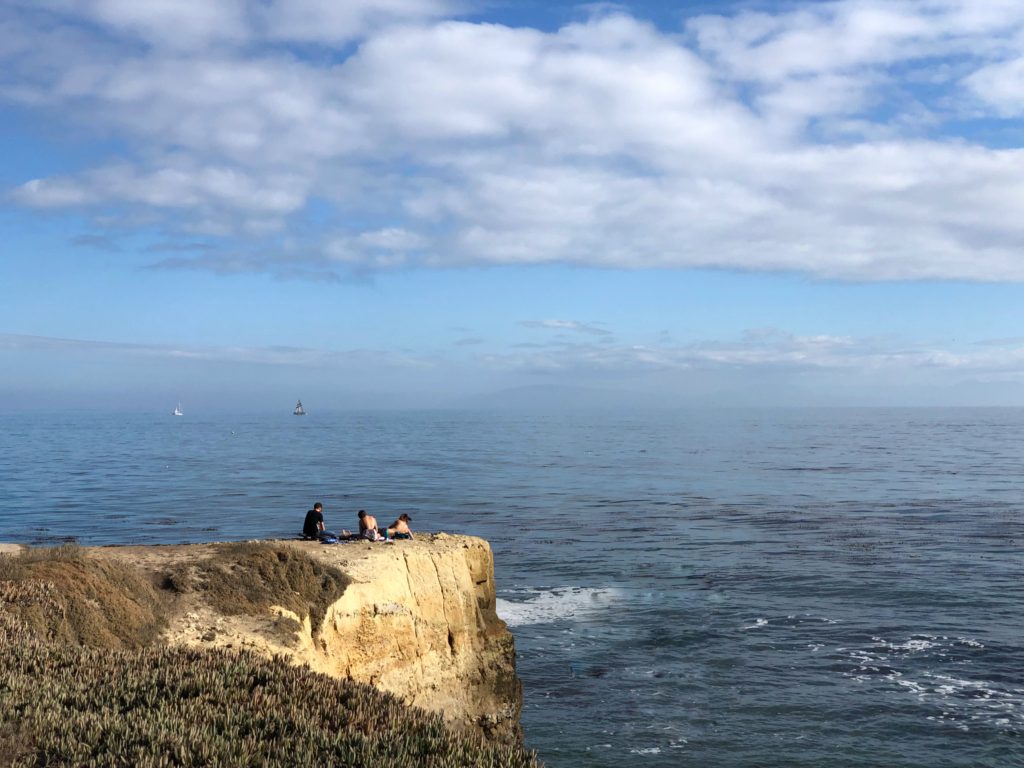
The museum/lighthouse has been a staunchly revered local landmark and hosts the annual “Caroling Under the Stars” tradition each Christmas. Admission to the museum is free but donations are welcome. There are numerous benches around the area and it is wheelchair accessible. It is a beautiful and peaceful place to sit and watch the surfers, enjoy a picnic lunch, or just bask in the sunshine while enjoying the beautiful beach.
Location: 701 West Cliff Drive, Santa Cruz, CA 95060
Summer Hours (July 4 – Labor Day): 10:00 a.m. – 5:00 p.m. (closed Wednesdays)
After Labor Day Hours: Noon – 4:00 p.m. (closed Tuesdays and Wednesdays) and
Phone: 831 420-6289
Helpful Hints: No restrooms are on the premises, but public restrooms are available approximately one block south of the museum on the opposite side of the street.
More Information: Santa Cruz Lighthouse and Surfing Museum
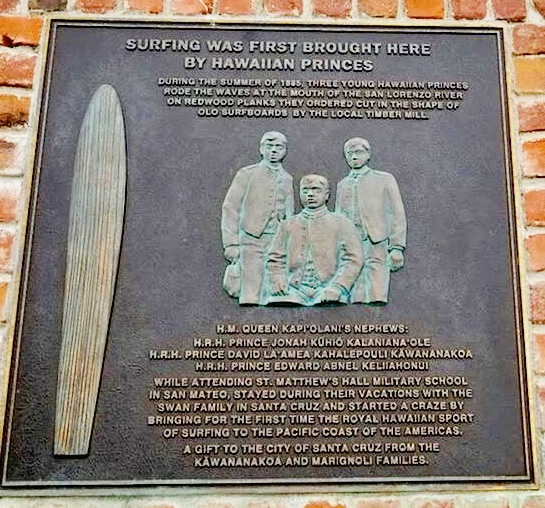
Thank you for visiting my blog! Wishing you peace, love, happiness, and beautiful vistas!
One Comment
Jay V Slupesky
What great photos and an interesting story! Who knew that surfing was brought to California by Hawaiian princes?